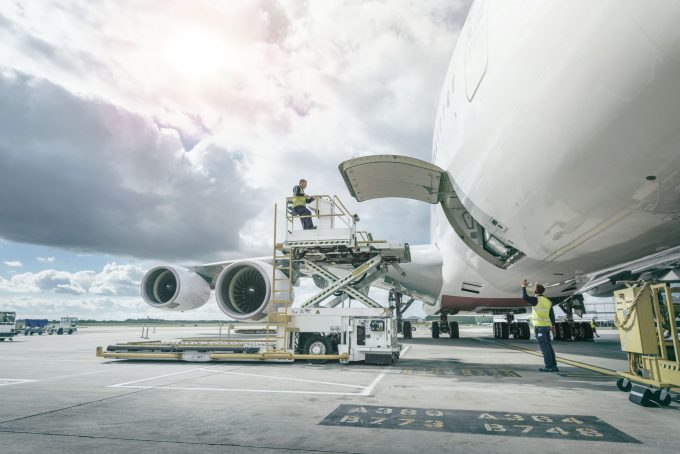Expect a shift in airfreight market as ecommerce changes tack
Airfreight shippers should expect to see market shifts as ecommerce players change strategies. While the ...

Early August has seen something of a boost for airfreight rates, with volumes also on the up. But in this air cargo round-up let us pause for a moment as ATSG announces declining second-quarter profits and revenues.
Starting with the upward trends, ...

Comment on this article